Have you ever felt the call of the mountains, inviting you to conquer their towering peaks and rugged terrain?
Mountaineering, a sport that combines physical prowess, mental fortitude, and a deep connection with nature, offers an unparalleled adventure like no other.
Whether you’re a seasoned climber seeking new heights or a novice looking to take your first steps into this thrilling world, OGSO is here to guide you every step of the way.
In this blog post, we invite you to delve into the heart of mountaineering, by learning how you can unlock the full potential of this exciting pursuit. So, lace up your boots, pack your gear, and join us on a journey that will push your limits, fire up your spirit, and leave you craving more.
The Power of Goal-Setting in Mountaineering Expeditions:
Goal-setting plays a pivotal role in mountaineering expeditions, driving climbers to push their limits and conquer new heights . It provides a roadmap for progress, guiding climbers through the challenges they encounter on their journey. By setting clear objectives, climbers can focus their efforts and stay motivated, even when faced with adversity. Additionally, goal-setting fosters a sense of accomplishment as climbers achieve milestones along the way, fueling their passion for the sport.
Goals provide Direction and Focus:
Setting clear and achievable goals in mountaineering is essential for guiding climbers through the uncertainties of their experience. By defining specific objectives, like reaching a certain altitude, summiting a particular peak, or completing a designated route, climbers establish a roadmap for their journey. This clarity of purpose aids in staying focused on the task at hand, facilitating navigation through complex terrains, adverse weather conditions, and physical exhaustion.
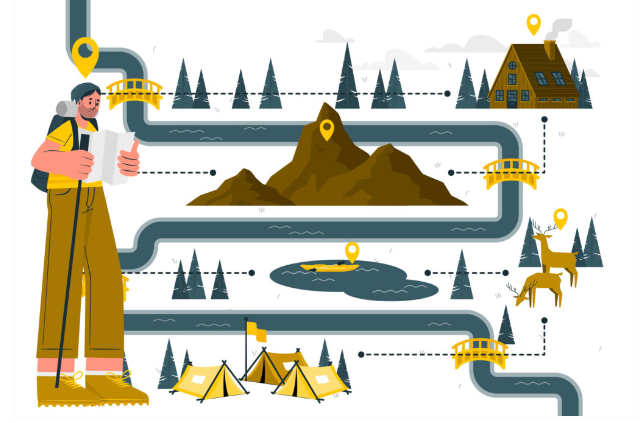
Without clear goals, climbers risk losing sight of their mission and may struggle to make progress toward their ultimate objective.
Experts emphasize the importance of goal-setting in mountaineering. According to Rami Rasamny, mountaineering teaches valuable life skills such as self-reliance, teamwork, taking responsibility, accepting suffering, learning from failure, and setting valued goals incrementally. This aligns with the idea that setting clear objectives not only provides direction but also fosters personal growth and development, extending beyond the physical aspects of the climb.

Collaboration and Teamwork:
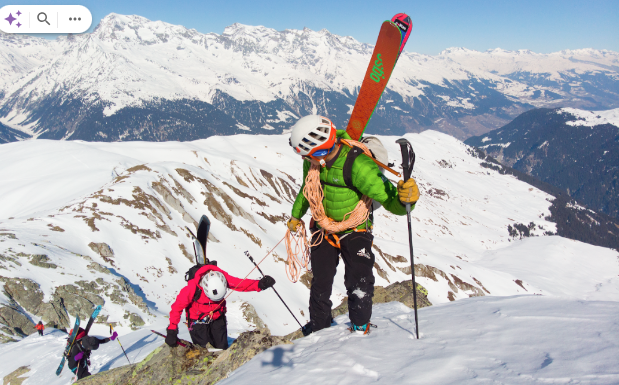
When everyone on an expedition team shares a common set of goals, it fosters collaboration and teamwork. Climbers can support and encourage each other toward achieving the team’s objectives, creating a positive and productive environment. According to a study by Roller Derby Athletics, setting performance goals allows climbers to focus on achieving standards based on their previous performances, moving away from outcomes and concentrating on what they can control. This collaborative approach encourages team members to contribute their skills and knowledge to the group.
Increases Chances of Success:
Well-planned and executed goal-setting significantly increases the chances of a successful mountaineering expedition. By breaking down the ultimate goal into smaller, achievable steps, climbers can steadily progress towards the summit, reducing the risk of burnout or discouragement. Clearly defined goals also help mountaineers make informed decisions and adapt their strategies as needed. A study by Burke et al. (2008) found that less experienced, amateur mountaineers who set goals were more likely to achieve their objectives compared to those who did not.
Physical Conditioning and Endurance Training:

Aerobic fitness:
Prior to embarking on a mountaineering expedition, focusing on aerobic fitness is essential for building endurance and stamina. Aerobic capacity, which is the body’s ability to sustain prolonged physical activity without fatigue, is crucial for withstanding the demands of climbing for extended periods. By engaging in aerobic exercises like running, cycling, and swimming, individuals can improve their cardiovascular health and enhance their oxygen utilization efficiency. This preparation helps climbers adapt to the altitude and challenging terrains they may encounter during their ascent. Ultimately, prioritizing aerobic fitness before a mountaineering experience sets a solid foundation for a successful and enjoyable journey to the summit.
Strength training:
Building strength in key muscle groups, such as the legs, core, and arms, is essential for mountaineering. Regarding core strength, the Alpine Institute emphasizes the importance of a strong core for stability and balance while navigating technical terrain and carrying heavy packs. Effective core training should focus on strength-building rather than aesthetics, incorporating exercises like planks, hollow holds, and Russian twists to develop a robust core. Win big today at glory casino bangladesh . Glory casino supports local players.
Additionally, strengthening the muscles in the arms—specifically the biceps, triceps, and shoulders—is crucial for enhancing climbing ability and reducing the risk of overuse injuries in the elbows and shoulders.”
Keep in mind that these are general guidelines, and individual needs may vary. It’s advisable to consult with guides and mentors before attempting any technical ascent. Additionally, consider following our rock climbing instructor, Rob Benton, to enhance your mountaineering expertise. Rob is a skilled climber who has a strong enthusiasm for effective climbing. You can learn useful skills from his content to get ready for the challenges of climbing.
Altitude Training:
As climbers ascend higher, the air becomes thinner, requiring the body to work harder to maintain oxygen supply to the tissues. Understanding how one responds to altitude on an individual level is crucial. This awareness helps in mitigating altitude-related challenges and optimizing acclimatization strategies during the climb. “The Journal of Science in Sport and Exercise” emphasizes the importance of understanding the body’s response to altitude changes and implementing strategies to cope effectively with reduced oxygen levels at higher elevations.

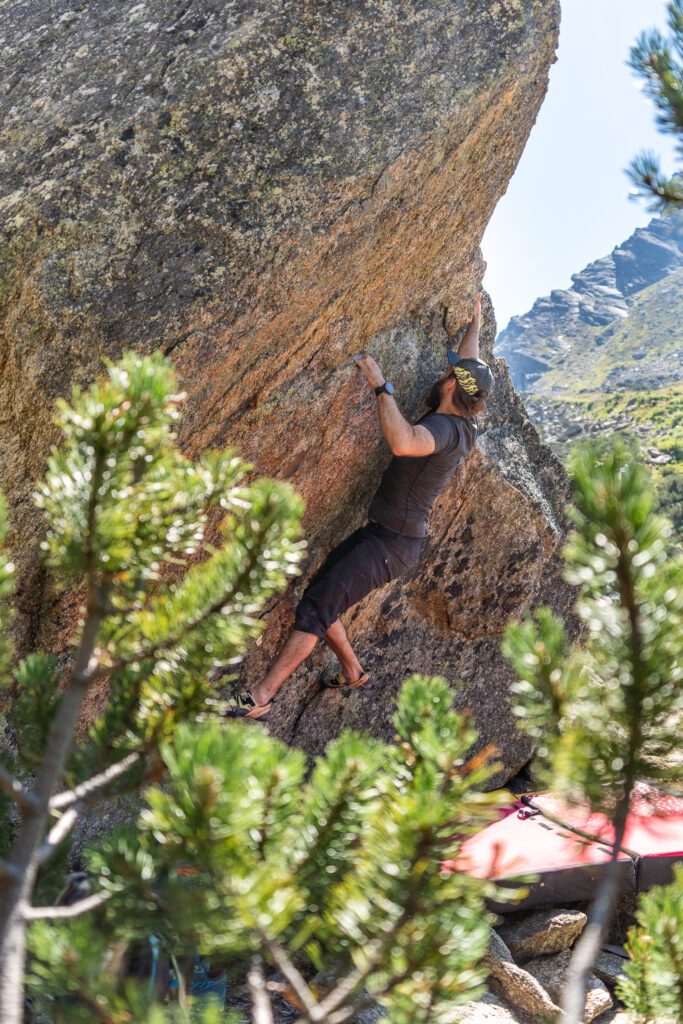
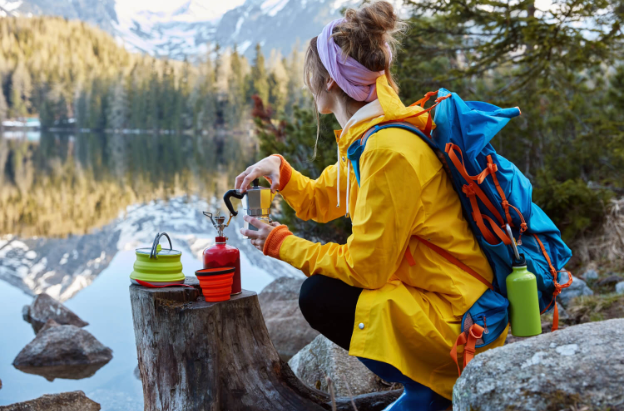
Nutrition and Hydration :

Healthy eating:
1. Prioritize Nutrient-Dense Foods: Choose foods that are rich in carbohydrates, protein, and healthy fats to sustain energy levels.
2. Carbohydrates: Aim for 60-70% of your diet to consist of carbohydrates, which provide essential energy for endurance activities.
3. Protein: Include protein-rich foods to support muscle repair and recovery. Consuming at least 20 grams of protein every three to four hours is recommended.
4. Healthy Fats: Incorporate sources of healthy fats, such as nuts, seeds, and avocados, which provide sustained energy and support overall health.
5. Snacks: Pack nutrient-dense snacks like mixed nuts, dried fruits, and energy bars to maintain energy levels between meals.
Maintaining a balanced diet that includes a variety of nutrient-rich foods is essential for sustaining energy levels, supporting muscle function, and promoting overall health during mountaineering expeditions.
Hydration:
Hydration is a critical aspect of mountaineering, impacting performance, safety, and overall well-being during climbs. Starting well-hydrated and balancing water intake with weight constraints at high altitudes is essential, as dehydration can impair mood, decision-making, and physical abilities.
Maintaining proper hydration levels through monitoring urine tint, weight fluctuations, and electrolyte balance is crucial. Attention to hydration, as seen in successful summit attempts like Mount Everest, underscores its significance in optimizing mountaineering performance and mitigating risks associated with dehydration in challenging environments.
Mental Preparation and Psychological Readiness:
Mountaineering demands not just physical strength but also mental resilience and preparedness. Negative thoughts can weigh heavily on climbers, impacting their emotions and overall performance. Mental preparation involves cultivating strategies to build resilience, maintain focus, and make sound decisions in challenging situations. Visualizing success and mentally rehearsing the climb can enhance confidence and readiness. Climbers often experience different psychological stages during a climb, including reflection, adaptation, and being present, each requiring unique mental approaches. Ultimately, mental preparedness is as crucial as physical training for mountaineers, ensuring they can overcome obstacles and perform at their best in high-altitude environments.
Gear and Equipment Selection Guide for Mountaineering:
When preparing for mountaineering expeditions, selecting the right gear and equipment is crucial for safety and success. Here is a comprehensive guide covering essential gear, clothing recommendations, and equipment maintenance tips:
Essential Gear:
- Saprknow: a versatile eating utensil that combines a spoon, fork, and knife, ideal for lightweight dining during mountaineering expeditions, such as our Ogso Saprknow, exemplifies the perfect tool for the job Why wait? Go check it out in our equipment section now!
- Lamps: Consider including lamps for reliable lighting during nighttime activities or emergencies.
- Gloves: Select gloves tailored specifically for mountaineering, providing insulation against cold temperatures, wind resistance, and durability against abrasion, all while ensuring optimal dexterity for handling equipment and performing tasks. for this you may explore Ogso’s variety of options and make your choice with us.
- Climbing Harness: Choose a lightweight alpine or general harness suitable for both rock climbing and mountaineering.
- Helmet: A general mountaineering helmet for head protection.
- Ropes: Include dry-treated ropes for wet conditions.
- Carabiners and Hardware: Bring belay plates, karabiners, and slings for safety and anchoring.
- Rucksack: A 30-50 liter pack with adjustable straps and durable, waterproof fabrics.
- Ice Axe: Essential for icy slopes and self-arresting.
- Crampons: For secure footing on ice and snow.
- Ascenders/Descenders: For efficient rope management.
- Avalanche Gear: Beacon, probe, and shovel for safety in avalanche-prone areas.
- First Aid Kit: Compact but comprehensive for emergencies.
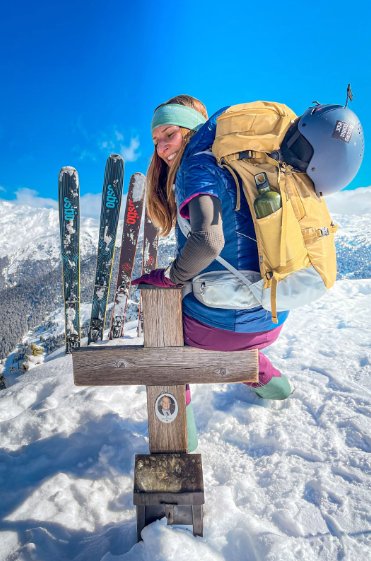
Clothing:
- Waterproof Shell-Jacket: Choose a Gore-Tex material or similar high-quality waterproof shell jacket with a helmet-compatible hood and waterproof zips.
- Waterproof Shell-Trousers: Select waterproof and breathable shell trousers with side zips for easy wear in tricky situations.
- Down Layer: Pack a down jacket with a minimum fill of around 700 – 750 for colder conditions, ensuring it is warm, packable, and has a helmet-compatible hood.
- Mid-Layers: Include lightweight layers for versatility and adaptability to changing weather conditions.
Equipment Maintenance:
- Regular Inspection: Before each expedition, inspect all gear for any signs of wear, tear, or damage.
- Cleaning and Drying: After each use, clean and dry equipment thoroughly to prevent mold, mildew, or corrosion.
- Storage: Store gear in a cool, dry place away from direct sunlight to maintain its integrity and longevity.
- Maintenance Kits: Carry essential maintenance tools like small repair kits, extra carabiners, and spare parts for quick fixes during expeditions.
In conclusion, mountaineering is a holistic pursuit that blends physical, mental, and emotional challenges with the awe-inspiring beauty of nature. Setting clear goals fosters teamwork, direction, and success, while physical conditioning and mental resilience prepare climbers for the rigors ahead. Hydration, nutrition, and proper gear selection are essential for safety and performance. Ultimately, mountaineering demands dedication, preparation, and a deep respect for the mountains. So, heed the call, embrace the challenge, and embark on a journey of self-discovery amidst the towering peaks and rugged landscapes.

